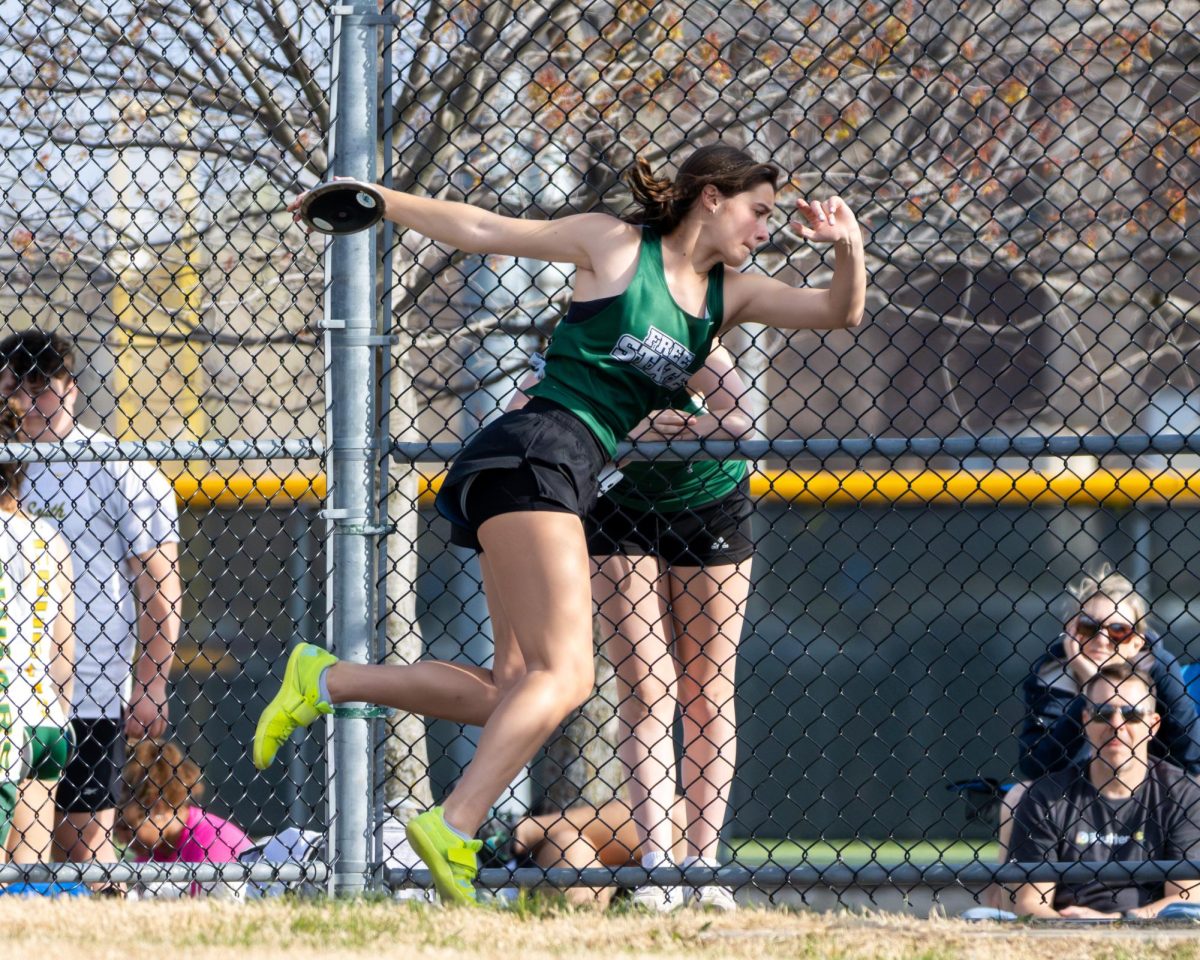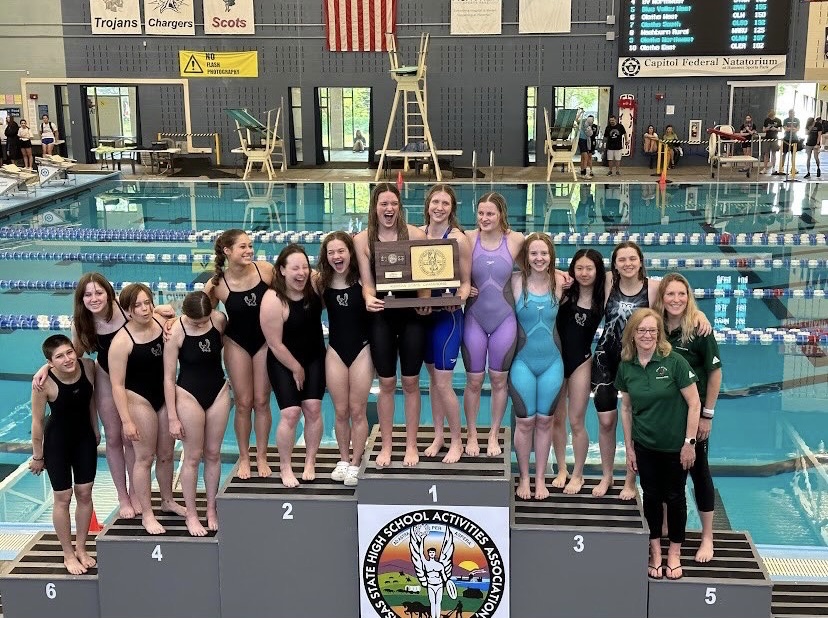Something as vast and subjective as art can seem daunting to an aspiring art student. The art program at our school alleviates some pressure by focusing art students on exemplifying their artistic strengths and constructing portfolios that will impress art colleges.
Under art teacher Carolyn Berry, students at our school create a portfolio in a year-long class consisting of 24 pieces of art. Twelve of these pieces cover the student’s “technical breadth”, their overall ability to paint or draw in many forms. All completed during first semester, they include black and white still life, color still life, portraits, landscapes, and unique materials. During their second semester, AP art students choose their concentration, a theme they base their last 12 pieces on. Students write a 250 word summary of each piece to practice talking about their art, an important skill for artists. Five of these pieces are sent to the AP college board for review.
With students’ work being so individual and independent, giving grades to their artwork is based the craft behind the art. The “rules of art” are the principles and elements of design in each piece. Students in AP Art must plan out their work and discuss what their going to do with their teacher. They also keep a journal or sketchbook to outline this process.
“Learning to write about and discuss your work is part of being an artist,” Berry said.
“Art isn’t produced in a vacuum. Art entails all the things in our lives. We synthesize it to make something to think and feel about and make visible. It is storytelling,” Berry said.
Something as vast and subjective as art can seem daunting to an aspiring art student. The art program at our school alleviates some pressure by focusing art students on exemplifying their artistic strengths and constructing portfolios that will impress art colleges.
Under art teacher Carolyn Berry, students at our school create a portfolio in a year-long class consisting of 24 pieces of art. Twelve of these pieces cover the student’s “technical breadth”, their overall ability to paint or draw in many forms. All completed during first semester, they include black and white still life, color still life, portraits, landscapes, and unique materials. During their second semester, AP art students choose their concentration, a theme they base their last 12 pieces on. Students write a 250 word summary of each piece to practice talking about their art, an important skill for artists. Five of these pieces are sent to the AP college board for review.
With students’ work being so individual and independent, giving grades to their artwork is based the craft behind the art. The “rules of art” are the principles and elements of design in each piece. Students in AP Art must plan out their work and discuss what their going to do with their teacher. They also keep a journal or sketchbook to outline this process.
“Learning to write about and discuss your work is part of being an artist,” Berry said.
“Art isn’t produced in a vacuum. Art entails all the things in our lives. We synthesize it to make something to think and feel about and make visible. It is storytelling,” Berry said.
AP Art students study a broad range of topics to expand their artistic influences. Art students and the artists they become research and write about literature, poetry, dreams, anatomy, surrealism, psychology, science and culture. Students apply this knowledge later in life as they get past the technical aspect of art.
“Art becomes increasingly more conceptual, more idea-based,” Berry said. As students advance further into art education and beyond, they further their technical skills which allows them to transcend the status of a student. They learn to work faster and to come up with their own ideas. They become skilled in researching and writing about their artwork.
The structure of AP Art combines students’ freedom to create art however they like with the forward-thinking vision of getting students into art schools. Berry introduces classes to new and unique ways to create art, but doesn’t force anything upon them. Students who are particularly interested in the medium presented can embrace it or go in an entirely different direction.
“I try to introduce them to new things, which helps them have a springboard to make their work unique or just to have a greater art experience.” Berry said. AP Art allows students to organize their work into a portfolio that displays their technical skill and personal vision, the two pillars of what art schools look for in promising students.
The large scope of art makes education an involved experience for art students at our school. The prospect of total independence as an artist can seem baffling. Thankfully, AP Art puts them on the path to becoming their own artists.









![After receiving advice from her students, orchestra director Judy Erpelding marks her music. Although the director normally makes the artistic decisions, Erpelding will often consult her students and hear their opinions on what sounds good and what they should try out. “[The students] are the heart of the program, not me,” Erpelding said. “I know they will carry that on and I will miss them. Making great music with them, being able to challenge them, taking their inspiration.”](https://www.fsfreepressonline.com/wp-content/uploads/2023/05/Roust_Erpelding_5_11_23-600x900.jpg)

